 ¡Aqu
¡Aqu
í se puede hablar de país Perú!
Lisa Tran
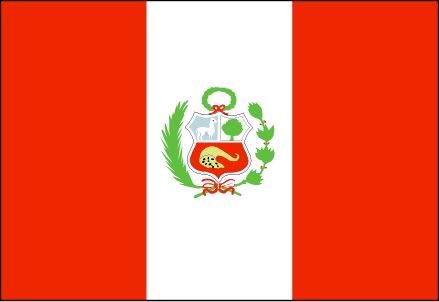
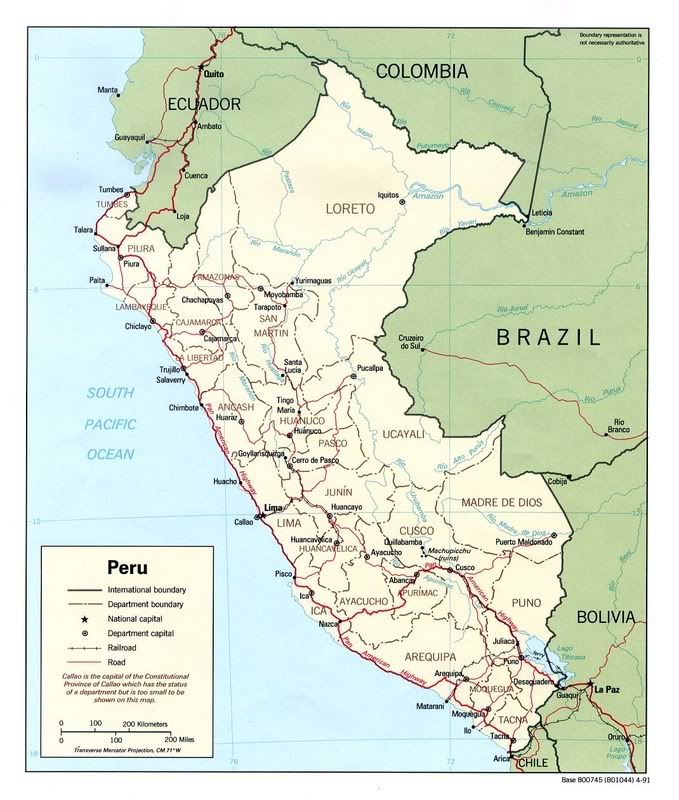
Sherry Brideau: Peru's official languages are Spanish and Quechua. Spanish is spoken in practically every city and town in the country, while Quechua is mainly spoken in a few places of the Andes. In the highland plains, called altiplano, in the department of Puno, Aymara is also spoken, although it is not held to be an official language.
Las Ruinas de Machu Picchu
Machu Picchu, besides being really cool to say, is probably the most famous place in Peru. Machu Picchu means "Old Peak" in Quechua. It is the most famous symbol of the Incan Empire and is sometimes referred to as the "The Lost City of the Incan Empire."
Pictures of Machu Picchu



You can find more about Machu Picchu here: click me and here click me
Lisa Tran
Nazca Lines: Could it be Aliens?!?!
Across the Nazca Plains of Peru are the famous Nazca Lines. Think of them as huge crop circles. No one knows who put them there or for what reason, but here are some explanations that people have given:
A sign from the ancient Gods
A landing strip for returning aliens
A celestial calendar created by the Ancient Nazca civilization. It may have been used for rituals related to astronomy or it could be a map of sorts.
SO maybe you're thinking, how can they stay there for THAT long?
Answer: The Nazca plain is virtually unique for its ability to preserve the markings upon it, due to the combination of the climate (one of the driest on Earth, with only twenty minutes of rainfall per year) and the flat, stony ground which minimises the effect of the wind at ground level. With no dust or sand to cover the plain, and little rain or wind to erode it, lines drawn here tend to stay drawn. These factors, combined with the existence of a lighter-coloured subsoil beneath the desert crust, provide a vast writing pad that is ideally suited to the artist who wants to leave his mark for eternity.
thanks to crystal links for the above explanation click for more info on Nazca Lines
Here are some cool pictures of Nazca Lines: where do you think they came from?
A spider
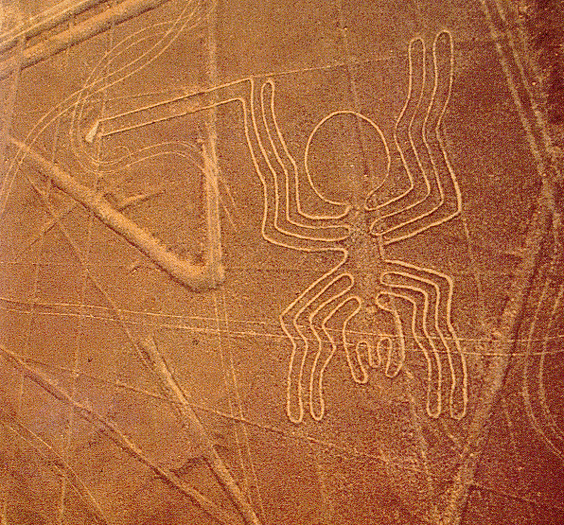
A monkey

A hummingbird
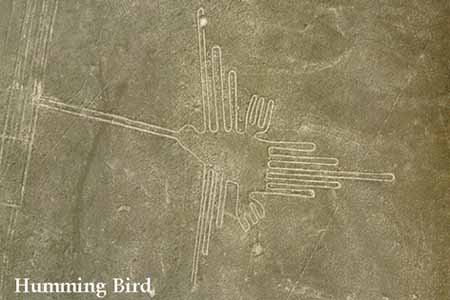
An eagle perhaps?
Lisa Tran
Agriculture
Peru's agriculture consists of: coffee, cotton, sugarcane, rice, potatoes, corn, plantains, grapes, oranges, coc,; poultry, beef, dairy products and fish. 9.06 million people make up Peru's workforce. 9% in Agriculture, 18% in Industry and 73% in Services.
Transportation
In Peru, there are 5 main means of transportation. They include: railways, highways, waterways, ports and harbors and airports. The highways in Peru total 82,231 km. 72,900 km of which are paved and 9,331 km which are unpaved. There are 8,600 km of navigable tributaries of Amazon system and 208 km of Lago Titicaca. The ports and harbors include: Callao, Chimbote, Ilo, Matarani, Paita, Puerto Maldonado, Salaverry, San Martin, Talara, Iquitos, Pucallpa, Yurimaguas; note: Iquitos, Pucallpa, and Yurimaguas are all on the upper reaches of the Amazon and its tributaries. There are 233 airports in Peru.
Geography
The Andes are a major region of Peru. Also of great interest is Peru's narrow, lowland coastal region, which is a northern extension of the Atacama Desert. The Atacama is generally known as the most arid region on the planet. Lima, Trujillo, and Chiclayo, which are three of Peru's major population centres, are located along this coastal desert.
Another of Peru's major regions is the dense forest that surrounds the Amazon beneath the eastern slopes of the Andes. This part of the country is so inaccessible that only the most adventurous travelers attempt to reach it. In fact there is a city of 400,000, located in this inaccessible region that is accessible only by air or by boat up the Amazon.
Climate
Peru's climate varies considerably by region. January through March tends to be the wet season throughout the whole country of Peru. The coastal areas are hot and humid but are cooled during the rest of the year by La Garuùa. The fog doesn't penetrate very far inland and the western side of the Andes are very clear, warm, and dry for the greater part of the year. As you move up into the mountains, night-time temperatures become considerably colder. The eastern slope of the Andes, like the Amazon basin, experience very heavy rainfall during the wet season, which extends from January all the way through April.
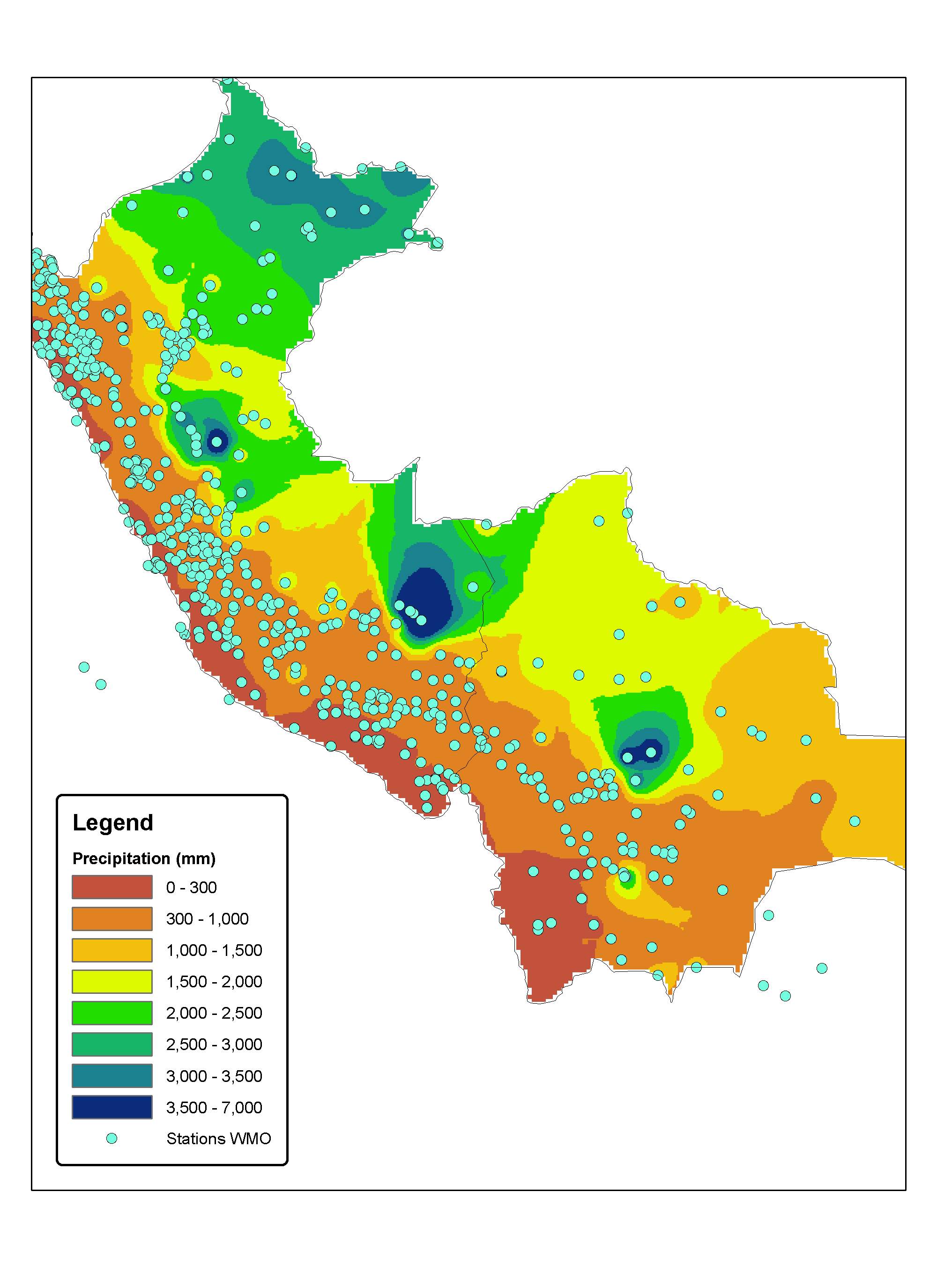
Heather Woods
Architecture

_

_

_
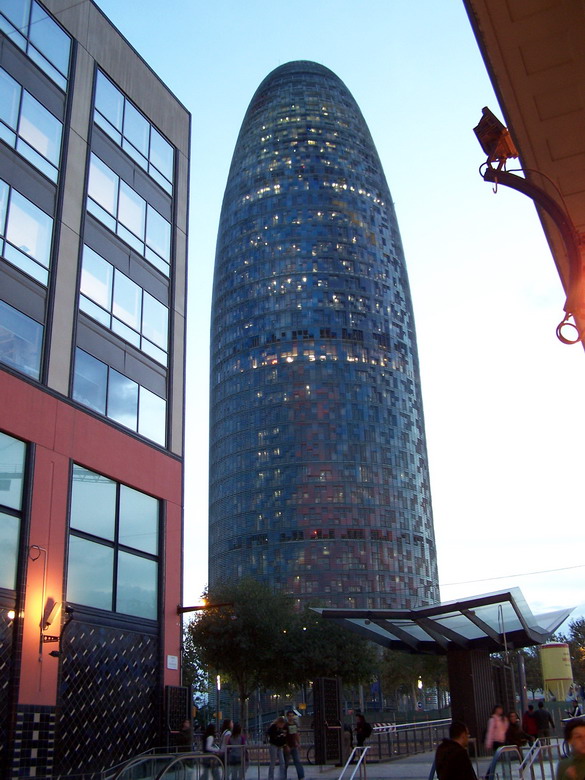
-BSterling
Money of Perú


The official currency in Peru is the Nuevo Sol (S/.), which is divided into 100 centimos. The currency includes coins for 5, 10, 20 and 50 centimos and 1, 2 and 5 sol coins. There are bills in the denomination of 10, 20, 50, 100 and 200 soles.
Current Exchange Rate:
1 US Dollar = 3.19456 Peruvian Nuevo Sol
1 Peruvian Nuevo Sol (PEN) = 0.31303 US Dollar (USD)
-Wendi Jardin

Check out the spiders in Perú
Donna Miller

This guy seems to like spiders
Donna Miller
The President of Peru is Alexandro Toledo.
Philip Hand
Peruvian Dance
The origin of the Marinera dance gets lost in the labyrinth of the centuries. Some people affirm that it comes from the Baroque and romantic Europe characterized by the retinue dances in the fancy salons, like the minuet.
The sustenance of this hypothesis is based on the fact that before the arrival of the Spanish conquerors dances on couples didn't exist, because the dance and pre-colombinan music were made for the collective enjoyment; the use of handkerchiefs was not a common practice neither.
Dancing in couples simulating the courtship could definitely have arrived with the Spaniards. In the specific case of La Marinera, the town added it percussion and claps, besides strings and song. Other specialists believe that La Marinera comes from the zamacueca or mozamala, a dance with African and European roots.
The mozamala, prodigal in sensuality and rapturous until the impudence dance, became in the Colonial Peru the funeral indigenous zamacueca. When this dance arrived to the city it was rebaptized as "mozamala", because inspired black chinganeros danced it with "low reputation" women nicknamed "Mozas Malas".
After the independence, the dance was assimilated by the dominant classes that added it Hispanic and French features, to transform it into an elegant salon dance.
The dance was rebaptized as Marinera in honor of the Naval Army of Peru but, beyond the homage to the Peruvian army, the name change had other reasons.
They say during the War of the Pacific (1879-1883), the Chilean soldiers and Peruvians intoned zamacueca letters. As the Chileans called it "cueca" or "Chilean", the writer Abelardo Gamarra, nicknamed El Tunante, decided to call it Marinera to avoid the similarity, without knowing that more than one century after that name would denominate the most representative dance of Peru.

-Amanda Chapman
Jill Oddo
Peruvian culture is a fusion of the different traditions that have converged in its territory over several centuries. Its main inputs have been provided by Amerindian inhabitants as well as Spanish colonizers that arrived after Conquest. Other important influences have been made by various ethnic groups from Africa, Asia and Europe. Artistic traditions span several millennia, starting with the elaborate examples of pottery, textiles, jewelry, and sculpture of Pre-Inca cultures. The Incas maintained these crafts and made impressive achievements in architecture, for example, Machu Picchu.












